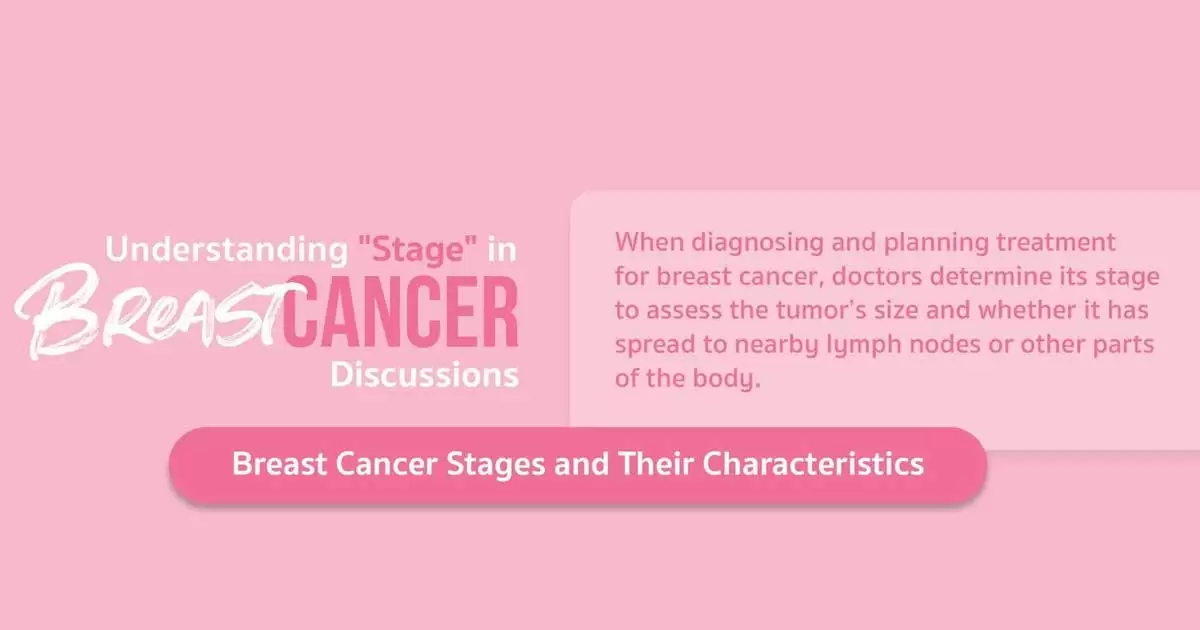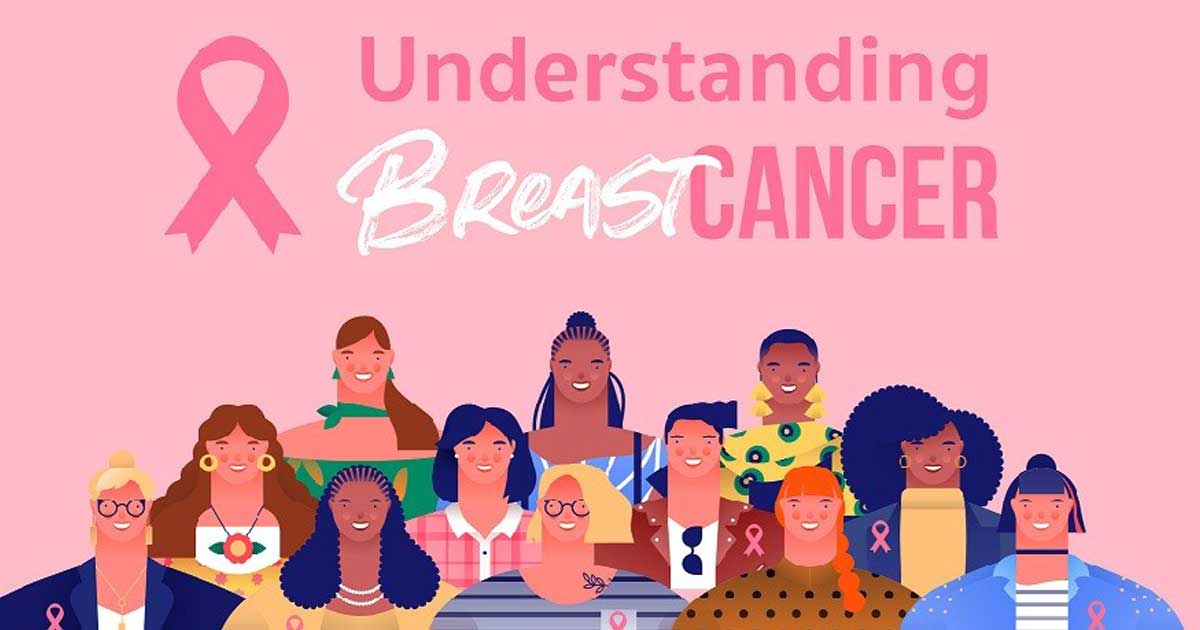
Breast Cancer
Home > Health Info > Health Articles

I was reading some clinical reports on death rates for women. Breast cancer is the commonest cancer of women and is the second most likely cause of death. That makes early discovery of breast cancer very important.
The World Health Organization (WHO), the body that keeps all the statistics, estimates that worldwide over 508,000 women died in 2011 due to breast cancer (Global Health Estimates, WHO 2013). And although breast cancer is thought to be a disease of the developed world, almost 50 percent of breast cancer cases and 58 percent of deaths occur in less developed countries.
Incidence rates vary greatly worldwide from 19.3 per 100,000 women in Eastern Africa to 89.7 per 100,000 women in Western Europe. In most of the developing regions the incidence rates are below 40 per 100,000. The lowest incidence rates are found in most African countries but here breast cancer incidence rates are also increasing. However, I do wonder where and how the WHO get their statistics from in the poorly developed countries in sub-Saharan Africa.
Breast cancer survival rates also vary greatly worldwide, ranging from 80 percent or over in North America, Sweden and Japan to around 60 percent in middle-income countries and below 40 percent in low-income countries. The low survival rates in less developed countries can be explained mainly by the lack of early detection programs, resulting in a high proportion of women presenting with late-stage disease, as well as by the lack of adequate diagnosis and treatment facilities. The important factor is the lack of early detection programs, without any doubt.
Breast cancer is like all cancers – the sooner you find it, the sooner you can deal with it and the earlier treatment is administered, the better the outcome. In fact, studies from the American National Cancer Institute show that 96 percent of women whose breast cancer is detected are still alive five or more years after treatment. This is called a 96 percent five year survival rate, one of the ways we measure the severity of life threatening cancers. If the five year survival rate was only 10 percent, – in other words, after five years only 10 percent were still alive, then I would also probably feel that predictive testing was not all that worthwhile. But it is not that bleak an outcome in this case – 96 percent are still alive and many go on for many, many years.
Our new Breast Center is open and has the latest diagnostic equipment, and staffed with doctors specializing in breast conditions and reconstruction if necessary.
Finally, just because there is the “cancer gene” in your family, this does not mean that you are going to get breast cancer. It just means there is a “tendency” for the women in that family to develop breast cancer. A good reason to check it out.

Share :




